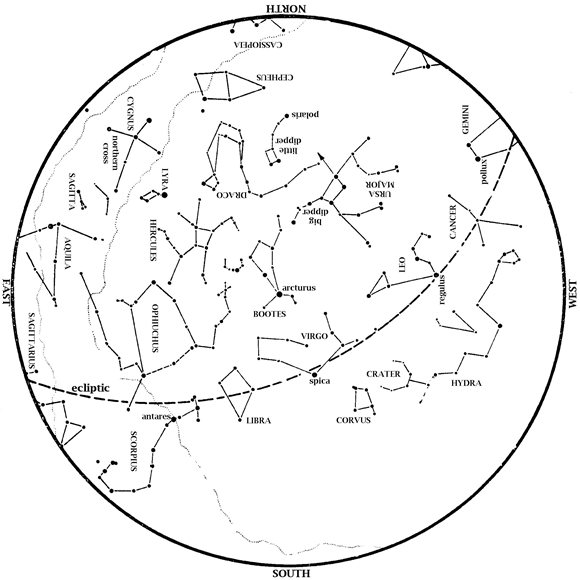For the past couple weeks you’ve probably been hearing about the dust plume settling over the Bayou City, producing beautiful sunsets while also wreaking havoc with our sinuses. You’ve probably wondered why exactly this is happening, if its’ a result of climate change and if we should be worried. This blog will provide some answers to some of these questions.
First off, dust clouds cross the Atlantic from Africa every year, the only difference this year is that there is more dust than usual. Every year a massive quantity of dust is swept up from a semi-arid strip of land that skirts the Southern boundaries of the Sahara, known as the Sahel, and is blown across the Atlantic by easterly winds to South America, the Caribbean and all the way up to Houston. This dust does a lot of good things. For example, it fertilizes the Amazon.
That’s right, one of the driest regions on earth helps to support one of the wettest. How So? Well, according to this article by NASA most of this dust comes from a dried up ancient lake bed called the Bodélé Depression in Chad. The dust is partly made up of the tiny remains of ancient microorganism. Yes, you are basically breathing in dead bodies right now. These microorganisms are a good source of phosphorus, a nutrient essential to plant growth. According to NASA, approximately 104, 908 semi truck loads worth of dust from the Bodélé Depression are deposited in the Amazon region each year. You may have heard that the soil found in the Amazon is actually pretty poor in nutrients, this is because most dead plant material (which decomposes to become natural fertilizer) is processed very quickly by the numerous species of decomposers and absorbed by the plants. With so much vegetation calling the Amazon home, the forest is hungry for nutrients. The dust blown in from Africa acts as a nutritional boost to the plant life.
Another beneficial affect of the dust is the suppression of Hurricanes. The dry air transported by the dust cloud inhibits the development of thunder storms over the Atlantic. Interestingly most hurricanes are caused by the same winds that carry the dust. This current of wind is called the African Easterly Jet. According to this article by NOAA, the reason the African Easterly Jet sometimes forms hurricanes is because it doesn’t constantly blow. Sometimes it’s quiet for a while, then it will send out a wave of warm air. When this wave hits air loaded with moisture over the Atlantic, it can form thunderstorms that sometimes develop into hurricanes. However according to this other article from NOAA, if a large dust cloud is traveling along the same route, the dry air and dust particles inhibit the development of any storms. This doesn’t mean that we’re guaranteed not to see any hurricanes this year, just that the odds of one forming are fewer.
You may be wondering why, if there are dust plumes every year, hurricanes aren’t suppressed every year. Although dust plumes blow across the Atlantic every year, the plume is much bigger some years than others. According to a seven year study by NASA, there was a variation of 86% between the years they studied with the most dust and those with the least dust. Apparently the amount of dust blown across the Atlantic each year depends on the Amount of rainfall in the Sahel that year. If there were heavy rains, then less dust would be blown away.
So this year the “Saharan” dust cloud may be a pain for those of us with respiratory problems living in Houston, but on the whole it helps out in a number of ways and as long as Chad gets a decent amount of Rainfall next year we won’t have to worry about the dust cloud being this bad for a while. As far as the role that climate change plays in all this, detailed studies of the dust cloud have not been going on long enough to reveal any long-term trends, so we will have to wait a little longer for the answer to that question. However, what we are experiencing now is not unprecedented.






